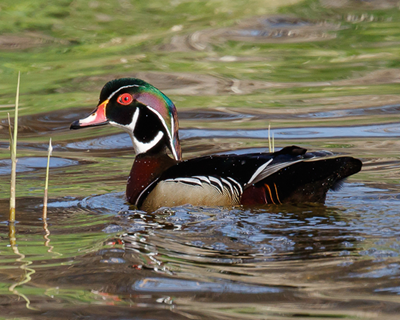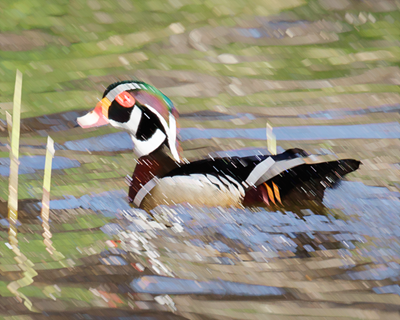morphologyexcv
Executes morphological transformations such as dilation, erosion, opening, closing, morphological gradient, top hat, black hat and hit ot miss on the given image, handle.
Syntax
R = morphologyexcv(handle, operation, kernel...)
R = morphologyexcv(handle, operation, kernel, anchor, iterations, type, bordervalue)
Inputs
- handle
- Handle of an image.
- operation
- Type of morphological operation. Valid values are:
- kernel
- Structuring element used for dilation. This can be created using the command getstructuringelementcv. An empty matrix, [] can also be used and a default structuring element will be used.
- anchor
- Optional vector of 2 integers specifying the anchor position. Default value is [-1 -1], indicating the anchor is at the center of the element.
- iterations
- Optional parameter specifying the number of times dilation or erosion is applied. Default value is 1.
- type
- Optional parameter specifying the pixel extrapolation method. Default value is 0.
Valid values are:
- 0
- Type cv::BORDER_CONSTANT - default value
- 1
- Type cv::BORDER_REPLICATE
- 2
- Type cv::BORDER_REFLECT
- 4
- Type cv::BORDER_REFLECT_101
- 16
- Type cv::BORDER_ISOLATED
- color
- Optional 3-element vector of integers representing blue, green, red (BGR) colors, if type is 0. Black will be the default color if nothing is specified with type.
Outputs
- r
- Handle of the resulting image.
Example
handle = imreadcv('bird2.jpg');
R = morphologyexcv(handle, 1, eye(20));
Figure 1. Input image

Figure 2. Output image